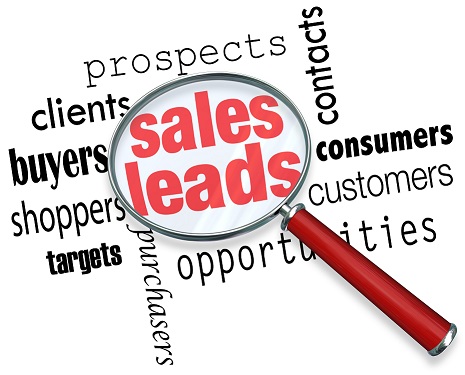According to recent research , blogs and search are among the most effective tactics for both lead generation and brand awareness. But social media (including Twitter, Pinterest and Google+), display ads and online video are among the worst activities for achieving either objective.
While the findings are interesting and no doubt reflect the experience of many b2b marketers, it’s crucial not to misinterpret the results. Whether one agrees with conclusions of the research or not, it clearly has one important flaw: ignoring the connections between tactics.
Business buyers obtain information from multiple online and offline sources when making significant purchase decisions. That makes it crucial for companies to be as visible as possible during that research phase, before they even aware of a prospect’s potential interest. And given that more than 90% of b2b buyers use online sources in their buying decisions, it’s vital to maximize web presence.
In order to create a framework to optimize web presence and online visibility, b2b marketers need to understand and capitalize on the connections between these different tactics.
Tradeshows and conferences: marketers can maximize their presence at these events by utilizing a button, badge or “ad” on the company website; direct mail; a blog post about the upcoming event; a notice in the company’s email newsletter; and through social media updates on Twitter and LinkedIn.
During the event, the company can use public relations tactics to meet with industry journalists and other influencers attending the show or conference.
And post-event, the company can keep buzz going by posting photos from the booth on Facebook and Pinterest, and if the show included a speaking opportunity, posting the presentation to SlideShare and possibly even video to YouTube.
Email or electronic newsletters: e-newsletters and marketing email messages serve two basic functions–to share information of value to recipients, and to persuade recipients to take action.
That information may be third-party links, but may also be hosted on the company’s website or blog. Newsletters themselves, new and archived, can be posted on the company website, where they provide search value. Both the email and web-hosted version of the newsletter should contain social links, encouraging readers to share the content on Twitter, LinkedIn, Facebook or other social networks.
Newsletter calls to action can include registration for executive events, virtual events, or webinars—all of which appear in the “underused” quadrant in this chart. They can also promote content downloads—reports, white papers, e-books and guides. Website visitors are often more likely to register for an event or download a white paper if the landing page includes a short online video (which is, for this and other reasons, best not a “being abandoned” tactic).
Company websites: these are of course at the core of digital marketing. The ultimate goal of all online tactics (and many offline ones) is to attract visitors to your website to learn more about your products and services, and take some action (purchase, subscribe, register, download, contact sales, or some other conversion action).
The single leading source of traffic for most b2b websites remains organic search. Driving search traffic requires ranking well, which in turn depends on relevant content, high-quality links, and social signals.
The content is going to be housed on company website pages, in the newsletter archive, and in posts on the company blog. It can include images, infographics, rich media, and online video in addition to text.
Some of the highest quality links come from influential industry blogs or news websites, which are supported by an active public relations program. Quality links also come from event sponsorships and industry association websites.
Sponsorships/Associations: event sponsorships as well as membership in and content contributions to industry and trade association websites are key components of industry presence, which can both drive targeted website traffic and create relevant, high-quality backlinks to the company website and/or blog. Event sponsorship can also drive increased booth traffic at tradeshows.
The bottom line is that, while various online and offline tactics clearly differ in direct value and the amount of budget and effort they merit, it’s also vital to recognize and account for the connections between these tactics and how they support each other. This requires using cross-channel online marketing metrics to develop strategies, prioritize tactics, and execute effectively to support your organization’s ultimate online visibility and business goals.



